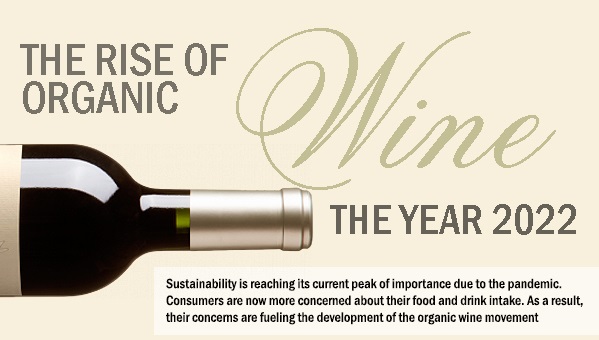We use cookies to enhance your experience. By continuing to browse this site you agree to our use of cookies. More info.
Professor Ziyi Ge's research team at the Chinese Academy of Sciences’ (CAS) Ningbo Institute of Materials Technology and Engineering (NIMTE) has created high-performance flexible organic solar cells (OSCs) with good thermal stability and stretchability, accomplishing power conversion efficiency effectiveness (PCE) of over 16.5%.
The observations were published in the journal Matter.
The researchers at NIMTE added polymer guests to the PM6:BTP-eC9 blend film to construct entangled chain networks, which enhanced the blend film’s ductility and morphological stability.
The crack-onset strain of the developed ternary blend membrane is 17.14% greater than that of the traditional binary blend membrane due to the efficient dissipation of local load induced by the entangled structure.
Furthermore, thanks to the ternary heterojunction strategy, a stabilized PCE of 16.52% was obtained for polyethylene terephthalate-substrate-based flexible OSCs with outstanding bending tolerance.
The PCE of the inverted ternary OSCs maintained over 85.5% (about 7.2% greater than the binary system) of its initial efficiency after 250 hours when stored in an N2-filled glove box at 85 °C, denoting remarkable thermal stability.
Furthermore, the ternary OSCs demonstrated excellent stretchability, with PCE retention of over 88% (roughly 13% higher than the binary system) after 200 stretching cycles at a tensile strain of about 5%.
The study was supported by the National Science Fund for Distinguished Young Scholars, the National Natural Science Foundation of China, the Ningbo S&T Innovation 2025 Major Special Programme, the Key Project of Frontier Science Research of CAS, etc.
Song, W., et al. (2022) Entangled structure morphology by polymer guest enabling mechanically robust organic solar cells with efficiencies of over 16.5%. Matter. doi.org/10.1016/j.matt.2022.03.012.
Source: https://english.cas.cn/
Do you have a review, update or anything you would like to add to this news story?
Cancel reply to comment
Dr. Daniel Hagmeyer
This interview conducted with Dr. Daniel Hagmeyer, Product Specialist for Dynamic Light Scattering at Microtrac MRB Haan/Germany, discusses particle characterization, advantages of zeta potential analyzers, and the newly acquired Stabino Zeta Analyzer.
Angus McFadden, Kelvin Standifer, and Paul Cuddyer
In this interview, AZoNetwork speaks with Angus McFadden, Semiconductor Technology Manager, Kelvin Standifer, Director Semiconductor Business Unit, and Paul Cuddyer, Sales Director, at Technetics Group. They discuss the future of the semiconductor business and how COVID-19 ushered in a new industria
Kevin Fernandes
AZoM spoke to Kevin Fernandes from Endress+Hauser about the significance of online Raman spectroscopy in industrial processes, as well as its potential role in emerging industries.
This product profile outlines the NanoDrop Lite Plus Spectrophotometers from Thermo Fisher Scientific.
The ARL QUANT’X EDXRF spectrometer is easier to operate, more efficient, and is less expensive to own.
This product profile outlines the ELEMENTRAC CS-r, a carbon and sulfur analyzer from Eltra. The ELEMENTRAC CS-r mainly analyzes organic matrices such as soils, waste, wood, oil, coal, and coke.
This article provides an end-of-life assessment of lithium-ion batteries, focusing on the recycling of an ever-growing amount of spent Li-Ion batteries in order to work toward a sustainable and circular approach to battery use and reuse.
Corrosion is the degradation of an alloy caused by its exposure to the environment. Corrosion deterioration of metallic alloys exposed to the atmosphere or other adverse conditions is prevented using a variety of techniques.
Due to the ever-increasing demand for energy, the demand for nuclear fuel has also increased, which has further created a significant increase in the requirement for post-irradiation examination (PIE) techniques.
AZoM.com – An AZoNetwork Site
Owned and operated by AZoNetwork, © 2000-2022



